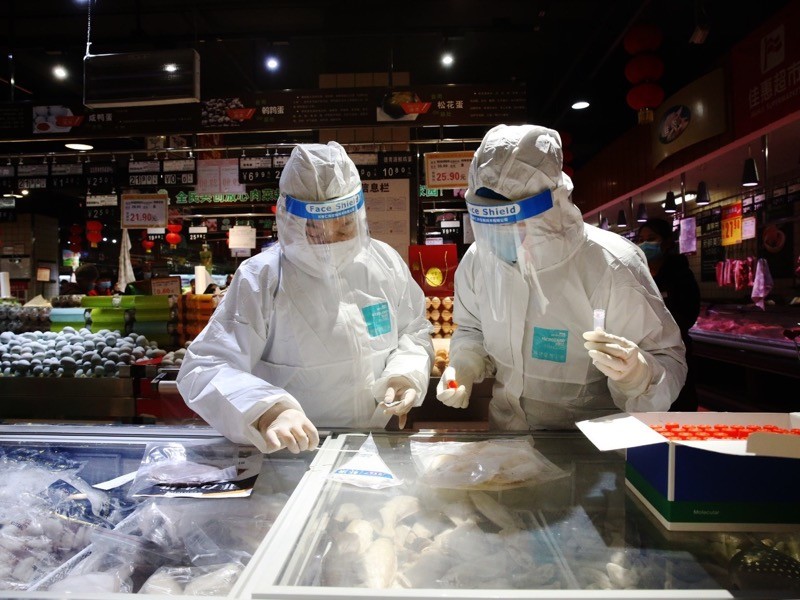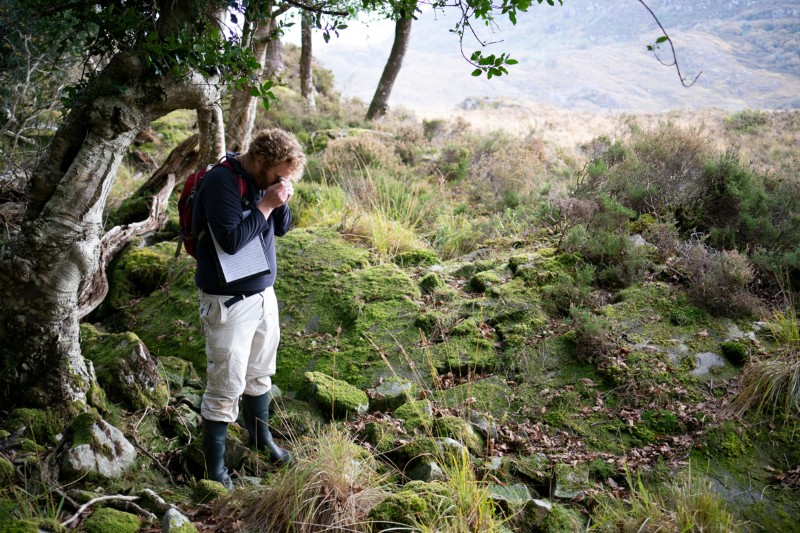Hello Nature readers, would you like to get this Briefing in your inbox free every day? Sign up here
A World Health Organization (WHO) report on the pandemic’s origins makes a reasonable start, scientists say, but there is much left to do. The report highlighted the possible role of live-animal markets, including the Huanan market in Wuhan, to which many of the first known COVID-19 cases are linked. It also concluded that the virus probably didn’t spread widely before December or escape from a laboratory. But it left readers hungry for more answers to questions such as which animal carried the virus from bats to humans and how that spillover occurred. Nature spoke to scientists about what needs to come next.
Nature | 8 min read
Read more: WHO report into COVID pandemic origins zeroes in on animal markets, not labs (Nature | 6 min read)
Reference: WHO report: Origins of the SARS-CoV-2 virus
Google Scholar, a free search engine for scholarly literature, revealed an unexpected feature last week: it is keeping track of whether research papers covered by funders’ public-access mandates are free to read. Some scientists have called it a ‘wall of shame’ and criticized it for mistakes — but others have welcomed it for prompting researchers to make their papers public. Anurag Acharya, the co-founder of Google Scholar, explained to Nature how the tracking works — and how it might change in the future.
Nature | 5 min read
Scientists have identified seven genes that are essential for minimal cells to reproduce like bacteria in the wild. Minimal cells are made in the laboratory and carry only the essential genes needed for cells to function. Biologists at the J. Craig Venter Institute announced that they’d created a line of minimal cells in 2016, but later realized that these didn’t divide symmetrically like bacteria do. Reintroducing seven genes into the minimal-cell genome fixed the issue, providing further insight into how life works on a molecular level.
New Scientist | 3 min read
Reference: Cell paper
A new generation of atomic clocks are helping scientists to measure time more accurately than ever before. Standard atomic clocks use the oscillation of caesium atoms to measure seconds with great precision. Now, physicists have built a network of clocks based on elements with faster oscillations — aluminum, strontium and ytterbium — to get even closer to a true second. The hope is to create a clock that could keep time from almost the beginning of the universe and be off by only a second, says physicist Jun Ye.
NPR | 3 min read
Reference: Nature paper
Features & opinion
Table of Contents
From hitting fastballs to performing in rising temperatures, science has never been so important for elite athletes.
• In endurance events, such as the marathon, mitochondria hold the key to performance. (10 min read)
• Researchers are exploring the neuroscience behind how athletes can strike a ball moving at incredible speed in sports such as baseball or cricket. Some coaches are turning to virtual reality to give their players an edge. (11 min read)
• Microbiologists are beginning to tease out the contribution that gut microbes make to athletic performance. (11 min read)
• Refinements to training methods are improving athletes’ abilities to cope with extreme heat. (8 min read)
• Data scientists are using wearable sensors and machine-learning techniques to prevent avoidable injuries. (8 min read)
Nature | Collection of articles and research
This collection is editorially independent and produced with financial support from Lonza.
This week’s Nature Podcast delves into laser-cooled antimatter and the staggering economic cost of invasive species.
And the Coronapod outlines what the science says about the Oxford–AstraZeneca vaccine.
Nature Podcast | 26 min listen
Nature Coronapod | 19 min listen
Subscribe to the Nature Podcast on Apple Podcasts, Google Podcasts or Spotify.
Unimaginably intelligent aliens, the human lust for power and the ‘freemium’ payment model — free to play, pay to win — collide in the latest short story for Nature’s Futures series.
Nature | 6 min read
Where I work
“My work focuses on a side of Ireland that few visitors ever see,” says botanist Rory Hodd. The independent, freelance scientist is often hired by the government to survey the temperate rainforest of Killarney National Park, near where he grew up. “When it’s pouring down with rain, I wonder what I’m doing out here. But, in between storms, there’s no place I’d rather be,” he says. “It’s quiet but lively, and when you have an eye for moss, there’s always something to catch your attention.”


